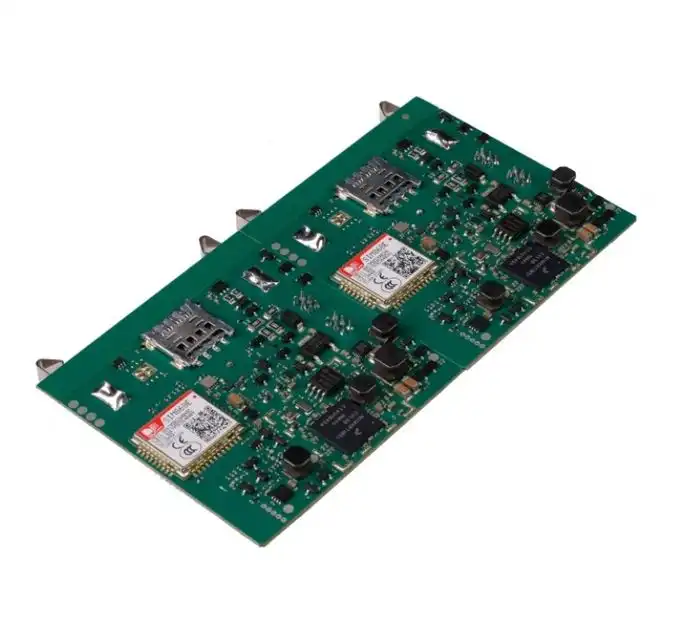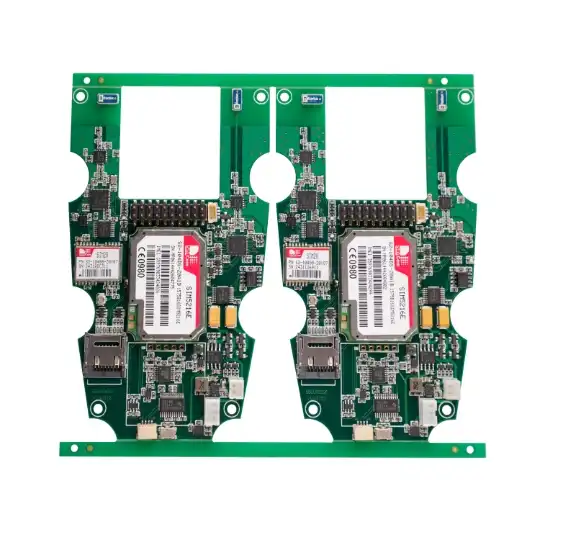Turnkey vs In-House PCB Assembly: A Cost and Time Comparison
When it comes to Printed Circuit Board (PCB) assembly, manufacturers face a crucial decision: should they opt for turnkey PCB assembly or keep the process in-house? This choice can significantly impact both costs and production timelines. Turnkey PCB assembly offers a comprehensive solution where a single provider handles all aspects of PCB production, from design to final assembly. In contrast, in-house assembly gives companies more control but requires substantial investment in equipment and expertise. Each approach has its merits, and the best choice depends on various factors such as production volume, technical requirements, and available resources.

Understanding Turnkey PCB Assembly
Turnkey PCB assembly is a comprehensive service that encompasses the entire PCB production process. This all-inclusive approach covers everything from initial design and component sourcing to final assembly and testing. By choosing a turnkey solution, companies can leverage the expertise and resources of specialized PCB manufacturers.
Benefits of Turnkey PCB Assembly
One of the primary advantages of turnkey PCB assembly is the simplification of the production process. Instead of managing multiple vendors and coordinating various stages of production, companies can rely on a single point of contact. This streamlined approach often results in faster turnaround times and reduced logistical complexities.
Moreover, turnkey providers typically have access to state-of-the-art equipment and possess extensive experience in PCB manufacturing. This expertise can lead to higher quality outputs and fewer errors, especially for complex designs or high-volume production runs. Turnkey services also offer scalability, allowing companies to adjust their production needs without significant capital investment.
Cost Considerations in Turnkey Assembly
While turnkey PCB assembly may seem more expensive at first glance, it often proves cost-effective when considering the total cost of ownership. By outsourcing the entire process, companies can avoid substantial upfront investments in equipment, software, and specialized personnel. Additionally, turnkey providers can often negotiate better prices for components due to their bulk purchasing power, potentially reducing overall material costs.
The In-House PCB Assembly Approach
In-house PCB assembly involves setting up and maintaining a dedicated PCB production facility within a company's premises. This approach gives organizations complete control over the entire manufacturing process, from design to final assembly.
Advantages of In-House Assembly
One of the most significant benefits of in-house PCB assembly is the level of control it offers. Companies can oversee every aspect of production, making real-time adjustments and ensuring that quality standards are met at each stage. This control is particularly valuable for organizations dealing with proprietary designs or those requiring frequent prototyping and iteration.
In-house assembly also allows for greater flexibility in production scheduling. Companies can prioritize urgent projects or make last-minute changes without relying on external providers. For businesses with consistent, high-volume PCB needs, in-house assembly can lead to long-term cost savings once the initial investment in equipment and training is recouped.
Time and Resource Implications
Setting up an in-house PCB assembly line requires a significant investment of time and resources. Companies need to acquire specialized equipment, hire skilled technicians, and implement rigorous quality control processes. There's also an ongoing need for equipment maintenance, staff training, and staying updated with the latest PCB manufacturing technologies.
The time required to establish a fully operational in-house PCB assembly line can be substantial. This setup period might lead to delays in product development or market entry, which could be critical for companies in fast-paced industries.
Comparing Costs and Timelines
When evaluating turnkey PCB assembly against in-house production, several factors come into play. The decision ultimately depends on a company's specific needs, resources, and long-term strategy.
Cost Analysis
Turnkey PCB assembly often provides cost advantages for small to medium production runs or for companies with varying PCB needs. The absence of large upfront investments and the ability to leverage economies of scale can result in lower per-unit costs. However, for very high-volume production or companies with specialized, consistent PCB requirements, in-house assembly might prove more economical in the long run.
It's crucial to consider hidden costs in both scenarios. For turnkey assembly, these might include shipping fees or rush charges for urgent orders. In-house assembly costs should factor in equipment depreciation, ongoing maintenance, and potential downtime due to equipment failures or staff absences.
Time Efficiency Comparison
Turnkey PCB assembly typically offers faster turnaround times, especially for companies new to PCB production. Established turnkey providers have optimized processes and can often complete projects more quickly than an in-house team still learning the ropes. This speed can be crucial for getting products to market quickly or meeting tight deadlines.
In-house assembly, while potentially slower initially, can offer time savings in the long run. Once a smooth workflow is established, companies can have greater control over production schedules and can quickly implement design changes or produce prototypes without waiting for external providers.
Conclusion
The choice between turnkey PCB assembly and in-house production is not a one-size-fits-all decision. For many companies, especially those with variable production needs or limited internal resources, turnkey PCB assembly offers a cost-effective and efficient solution. It allows businesses to leverage expert knowledge and advanced manufacturing capabilities without significant upfront investment.
On the other hand, companies with consistent, high-volume PCB requirements or those dealing with highly specialized or proprietary designs might find long-term benefits in establishing in-house PCB assembly capabilities. The control and flexibility offered by in-house production can be invaluable in certain scenarios.
Ultimately, the decision should be based on a thorough analysis of the company's specific needs, financial resources, production volumes, and long-term strategic goals. In some cases, a hybrid approach, combining turnkey services for certain projects with in-house capabilities for others, might provide the optimal balance of cost-effectiveness, quality, and flexibility.
FAQ
Q: What is the main difference between turnkey and in-house PCB assembly?
A: Turnkey PCB assembly involves outsourcing the entire PCB production process to a specialized provider, while in-house assembly means setting up and managing the production facility within the company.
Q: Which option is more cost-effective?
A: The cost-effectiveness depends on factors like production volume and frequency. Turnkey assembly is often more economical for small to medium runs, while in-house can be more cost-effective for consistent, high-volume production.
Q: How does turnkey PCB assembly impact production time?
A: Turnkey assembly typically offers faster turnaround times, especially for companies new to PCB production, due to optimized processes and specialized equipment.
Experience Exceptional Turnkey PCB Assembly | Ring PCB
Ring PCB Technology Co., Limited offers unparalleled turnkey PCB assembly services, combining cutting-edge technology with 17 years of industry expertise. Our state-of-the-art factory ensures superior quality control, from PCB fabrication to full assembly. With ISO9001 and IATF16949 certifications, we deliver reliable solutions for various industries. Experience our cost-effective, time-efficient turnkey services tailored to your unique needs. Contact us at [email protected] to elevate your PCB manufacturing process today.
References
1. Smith, J. (2022). "The Economics of PCB Assembly: Turnkey vs. In-House Production". Journal of Electronics Manufacturing, 45(3), 112-128.
2. Johnson, A., & Williams, P. (2021). "Time-to-Market Considerations in PCB Assembly Strategies". International Conference on Electronics Production and Design, 78-92.
3. Lee, S. (2023). "Quality Control Comparisons between Turnkey and In-House PCB Assembly". Quality in Electronics, 18(2), 205-220.
4. Brown, R., & Davis, M. (2022). "Cost Analysis of PCB Assembly Methods in Small to Medium Enterprises". Small Business Electronics Review, 9(4), 345-360.
5. Thompson, E. (2023). "Technological Advancements in Turnkey PCB Assembly Services". Journal of Electronic Manufacturing Innovation, 7(1), 56-71.

Welcome to Ring PCB! Share your inquiry, and receive a tailored quotation!

Ring PCB, your trusted partner for PCB & PCBA Full Turnkey Solutions



